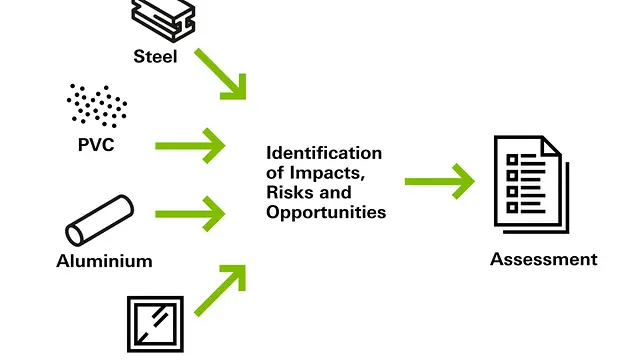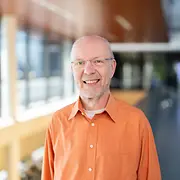Sustainable business practices in harmony with nature
As a company in the construction industry, Schüco is reliant upon a number of different natural resources. These include aluminium and iron ore, crude oil and sand in particular. Their production and fabrication are also linked to a high level of land use and water consumption. For us, having sustainable business practices means ensuring we do not overuse the available resources and, where this has already happened, actively working towards regenerating and relieving the strain on ecosystems.






